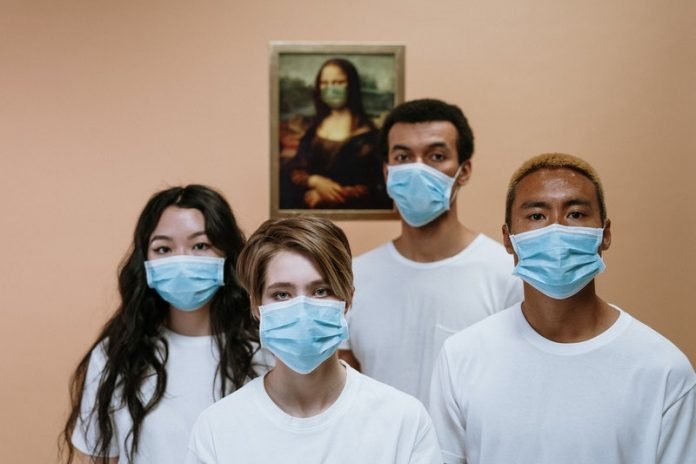
In a new study, researchers found reducing contact rates—mainly via school closures and voluntary or mandated stay-at-home measures—contributed to around a 70% reduction in the transmission of COVID-19 in New York City during the spring pandemic wave from March to the June reopening.
Widespread use of face coverings contributed an additional 7% reduction, and up to 20% reduction among those aged 65 and older during the first-month face covering was mandated in public places.
The research was conducted by scientists at Columbia University and elsewhere.
The new study is in line with previous modeling studies estimating that lockdowns reduced COVID-19 transmission by 58% in Wuhan, China, 45% in Italy, and 77% in France.
The New York City study finds reducing contact rates was highly effective for most age groups—contributing to at least a 50% reduction in transmission across age groups, ranging from a 51% reduction among 1-4 year-olds to 83 percent among 5-14 year-olds.
If the city maintained the same usage rates of face coverings in April into the reopening period starting June 8, the researchers estimate that face coverings would reduce overall COVID-19 transmission by approximately 9–11% during reopening when people spend a greater amount of time outside homes and use face coverings outside.
However, if everyone wore masks in the same degree and manner as older adults, the city could reduce overall transmission by as much as 28–32%.
The researchers note their estimates differ from those measuring how effective face coverings can prevent COVID-19 infection when used correctly.
Rather, estimates reflect the effectiveness of face coverings and the impact of this public health intervention in reducing transmission at the population level, which also depends on the usage rate of face coverings, whether face coverings are properly used, the amount of time face coverings are used, in addition to mask efficacy.
Observational studies and surveys report about two-fold high rates of face-covering usage among older adults versus younger adults and minors.
The researchers estimate much higher effectiveness among older adults (about 20% for both 65-74 and 75+ year-olds vs. <10% for other age groups).
The team says improving the effective use of face coverings, especially among younger people, would strongly mitigate the risk of a resurgence in COVID-19 infections during re-opening.
It’s crucial that people find ways to boost consistent and correct mask use in settings where social distancing is not possible.
One author of the study is Jeffrey Shaman, Ph.D., a professor of environmental health sciences at Columbia Mailman School.
The study is published in medRxiv.
Copyright © 2020 Knowridge Science Report. All rights reserved.



